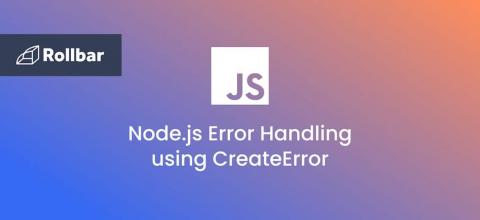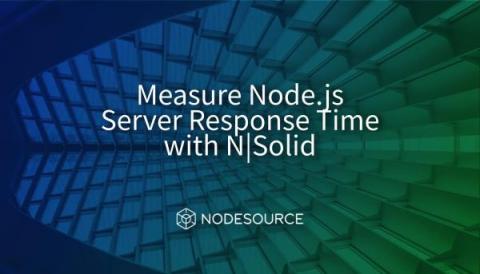Puppeteer in Node.js: More Antipatterns to Avoid
Puppeteer is a powerful browser automation library for web scraping and integration testing. However, the asynchronous, real-time API leaves plenty of room for gotchas and antipatterns to arise. This article is part of a series, starting with Avoiding Puppeteer Antipatterns and Puppeteer in Node.js: Common Mistakes to Avoid. In this post, we'll add another dozen antipatterns to the list. There will be no overlap with previous installments, so you may wish to start with those.











